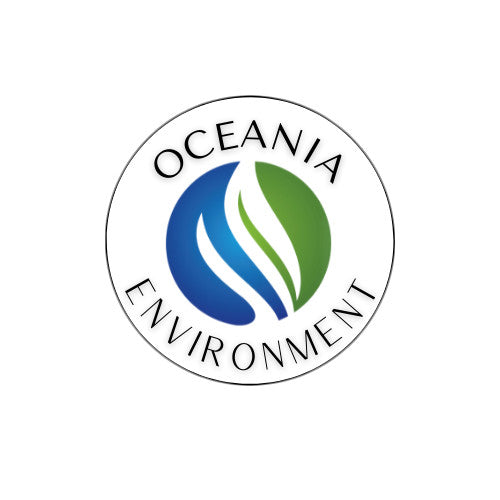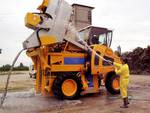For information on the applicable regulations, we invite you to consult information for example here: extract from the MATEVI site
“ Daily cleaning of the machine is an essential operation.
- Sugars and other plant residues are sources of micro-organisms likely to degrade the quality of the harvest. Without going as far as disinfection, the biggest part must be eliminated.
- To do this, starting by removing visible clumps manually or with a brush saves time and water which will be used later. The flow rate must be high and the pressure low so as not to damage the bearings.
- For the complete cleaning of a harvesting machine, we count between 2 and 3 m3 of water. The systems integrated into the harvesting heads do indeed allow interesting rinsing but their action alone is insufficient.
We must be aware that it is a significant source of pollution even if it is only organic matter (sugars, plants).
- This pollution is all the more significant if it is concentrated in a very specific point, as is the case with collective cleaning areas.
- These areas have the advantage of being well designed for optimal cleaning and sharing the installation is interesting from a financial point of view.
- The necessary consideration of the environment must push us to better reason our practices in this area.
- For example, we can consider mixed solutions combining an initial cleaning of the machine on the plot and a finish on a washing area.
- Thus, part of the effluent is spread on the plot and the concentration in the collective area is reduced.
- This requires having a mobile clear water tank which accompanies the harvesting site."
- REMINDER: pollution of a watercourse is considered an offense under the Environmental Code (article L216-6) and is punishable by a fine of €75,000 and 2 years of imprisonment.


